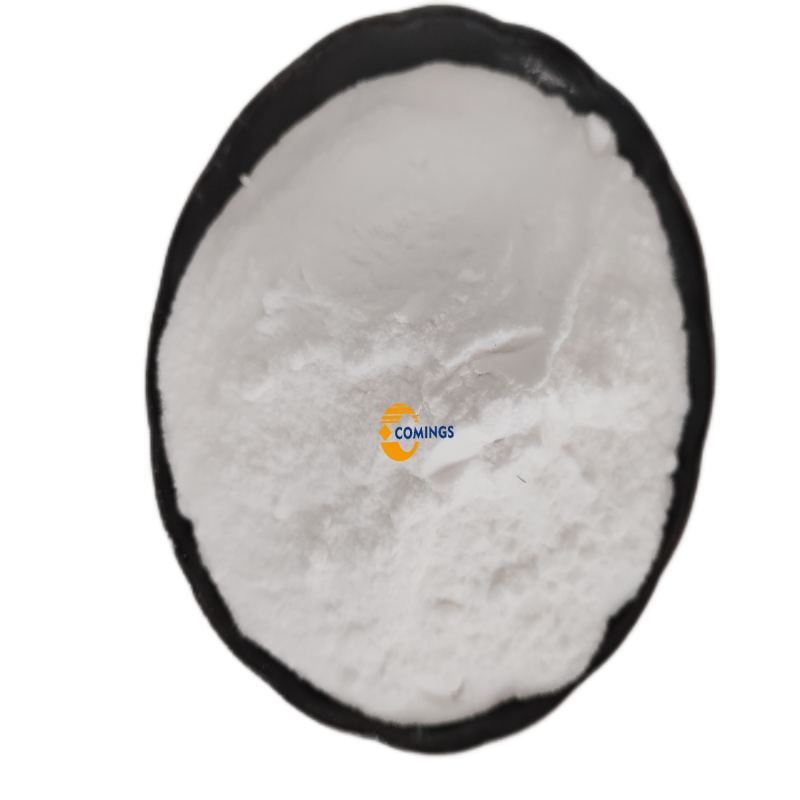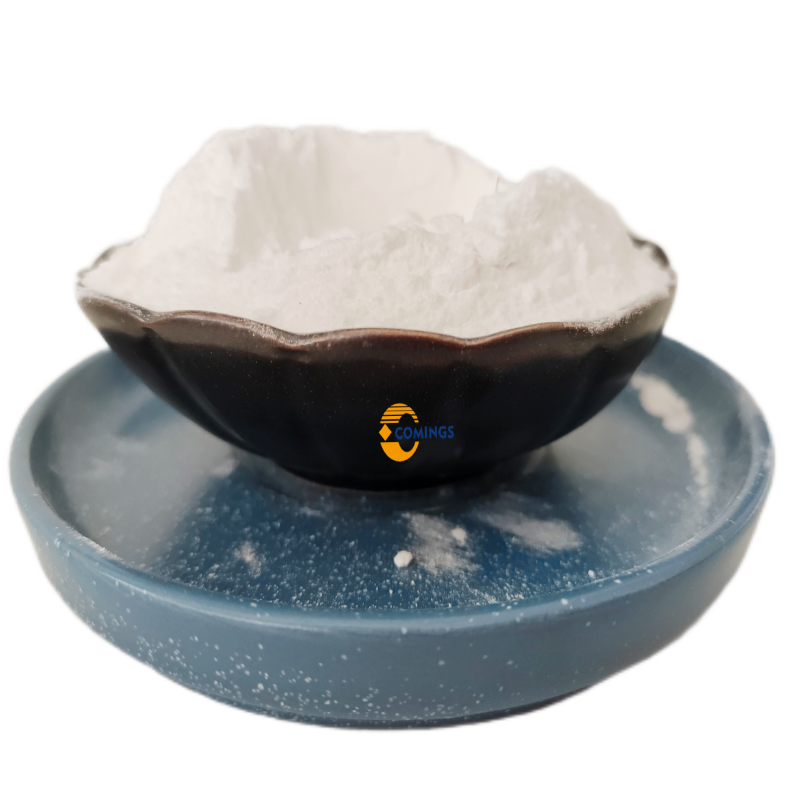-
Categories
-
Pharmaceutical Intermediates
-
Active Pharmaceutical Ingredients
-
Food Additives
- Industrial Coatings
- Agrochemicals
- Dyes and Pigments
- Surfactant
- Flavors and Fragrances
- Chemical Reagents
- Catalyst and Auxiliary
- Natural Products
- Inorganic Chemistry
-
Organic Chemistry
-
Biochemical Engineering
- Analytical Chemistry
-
Cosmetic Ingredient
- Water Treatment Chemical
-
Pharmaceutical Intermediates
Promotion
ECHEMI Mall
Wholesale
Weekly Price
Exhibition
News
-
Trade Service
On December 2, 2022, PNAS published online that Professor Chen Sanfeng's research group is "Alanine synthesized by alanine dehydrogenase enables ammonium-tolerant.
" nitrogen fixation inPaenibacillus sabinaeT27", revealing that alanine synthesized by alanine dehydrogenase inhibits glutamine synthetase activity and reduces intracellular glutamine levels, A new mechanism
that regulates nitrogen-fixing gene expression.
It was revealed that high ammonium nitrogen fixation is the result of the synergy of nitrogen metabolism and biological nitrogen fixation, that is, alanine dehydrogenase (ADH1) encoded by the ald1 gene catalyzes the synthesis of alanine and pyruvate under high ammonium conditions, while alanine inhibits the activity of glutamine synthase (GS), and the glutamine (Gln) concentration
。 Low concentrations of Gln could not interact with GS to form feedback-inhibiting FBI-GS, similar to low ammonium (0-2 mM) conditions, the transcription factor GlnR only combined with GlnR-binding site I in the upstream promoter of the nitrogen-fixing gene to activate the expression of nitrogen-fixing genes.
However, under the condition of sufficient ammonium concentration (4-30 mM), FBI-GS promoted the binding of GlnR to GlnR-binding siteII and inhibited nitrogen-fixing gene expression.
The results provide new ideas and methods
to solve the problem that "the efficiency of biological nitrogen fixation is inhibited by high concentration of ammonium".
Figure 1 Nitrogenase activity of Paenibacillus sabinaeT27 at different ammonium concentrations (0-400 mm) Figure 2.
Mutation in the ald1 gene (encoding alanine dehydrogenase) leads to nitrogenase activity under high ammonium (100 mM) conditions Loss (A) and nitrogen-fixing gene (nifH) transcription levels are greatly reduced (B).
The addition of alanine (Ala) restores nitrogenase activity in ald1 mutant strains, but pyruvate (p yruvate) and other amino acids (Asp, Glu).
, Gly, Val, Ser) does not restore nitrogenase activity (C) Figure 3 P.
Expressionregulation mechanism of sabinae T27 nitrogen-fixing gene at different ammonium concentrations
Professor Chen Sanfeng is the corresponding author of the research paper, Professor Ray Dixon of the JIC Research Center in the UK is the co-corresponding author, and Li Qin, a postdoctoral fellow at China Agricultural University is the first author
.
This research was supported by the National Key Research and Development Program of China (No.
2019YFA0904700).
Paper Link:
style="max-width: 100%;color: rgb(92, 151, 66);font-size: 15px;line-height: 15px;font-family: ;letter-spacing: 1px;box-sizing: border-box !important;overflow-wrap: break-word !important;word-break: break-all !important;" _msthash="273783" _msttexthash="1960231">Research Services (Cooperative Investment Promotion)
| Patent application | Rapid detection | of transgenic plants Tissue culture | Yeast two-hybrid | Plant antibody |
.
Submission and recruitment please reply to "submission" in the background, all of which are free of charge; For business cooperation, please contact WeChat ID: zwkxqy;






